Hunting: Early Teal Season
Thursday, August 30th, 2012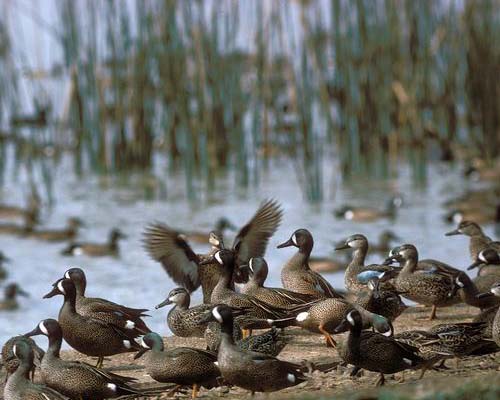
Blue-winged Teal
This is Passport to Texas
Fall hunting begins with dove season on September first, and continues with a 16 day early teal season, beginning September 15th.
10—Teal are an early migrant species of waterfowl that come through Texas — usually in September is when you see a big bunch of birds pushing through here. They’re one of the earliest migrant species that we have.
Dave Morrison is small game program director for Texas Parks and Wildlife. Of the three teal species found in Texas, the blue winged teal is most plentiful.
Before the creation of early teal season, Blue winged teal were not as available to hunters. Morrison says that’s because the “big duck” season started too late and ended too early for teal’s migratory habits.
Biologists monitor movement, survival rates and harvest rates of migratory species like blue winged teal through banding programs.
21—Years ago we started doing research on this, and saw that the band returns are very low for blue wings, and because they’re not available during the regular duck season — a lot of times they’re already through here and gone — and they’re one of the most populous ducks, as well as one of the ones that has the lowest band reporting rates, it makes sense biologically that you can take advantage for these birds. So that’s the reason why we have September teal season.
Tomorrow: how Mother Nature can play foul with early teal season.
The Wildlife and sport fish restoration program supports our series and celebrates 75 years of funding diverse conservation projects throughout Texas… For Texas Parks and Wildlife…I’m Cecilia Nasti.

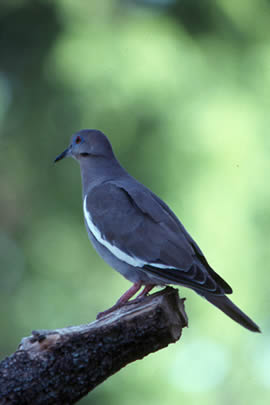
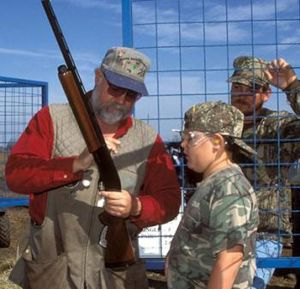
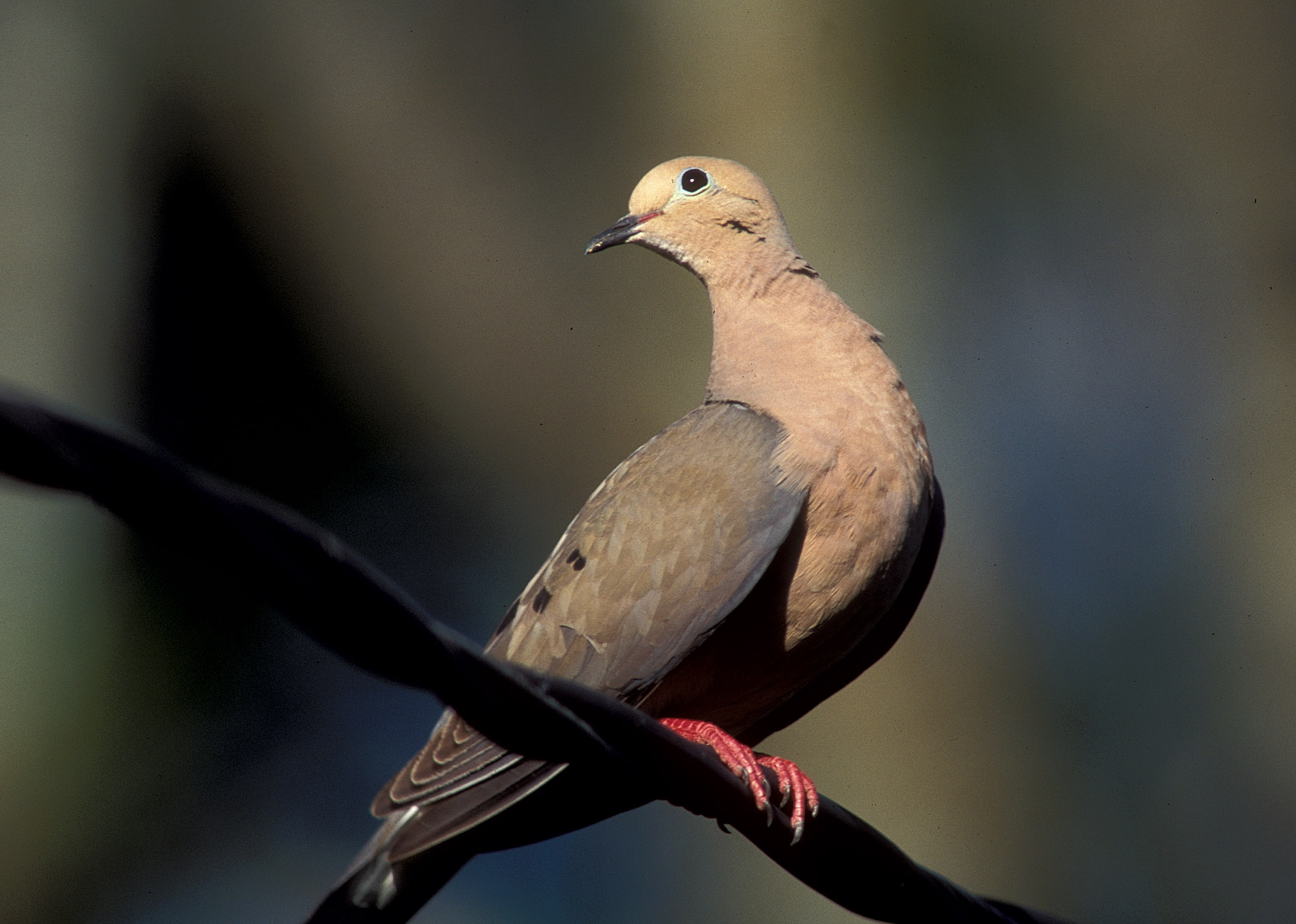
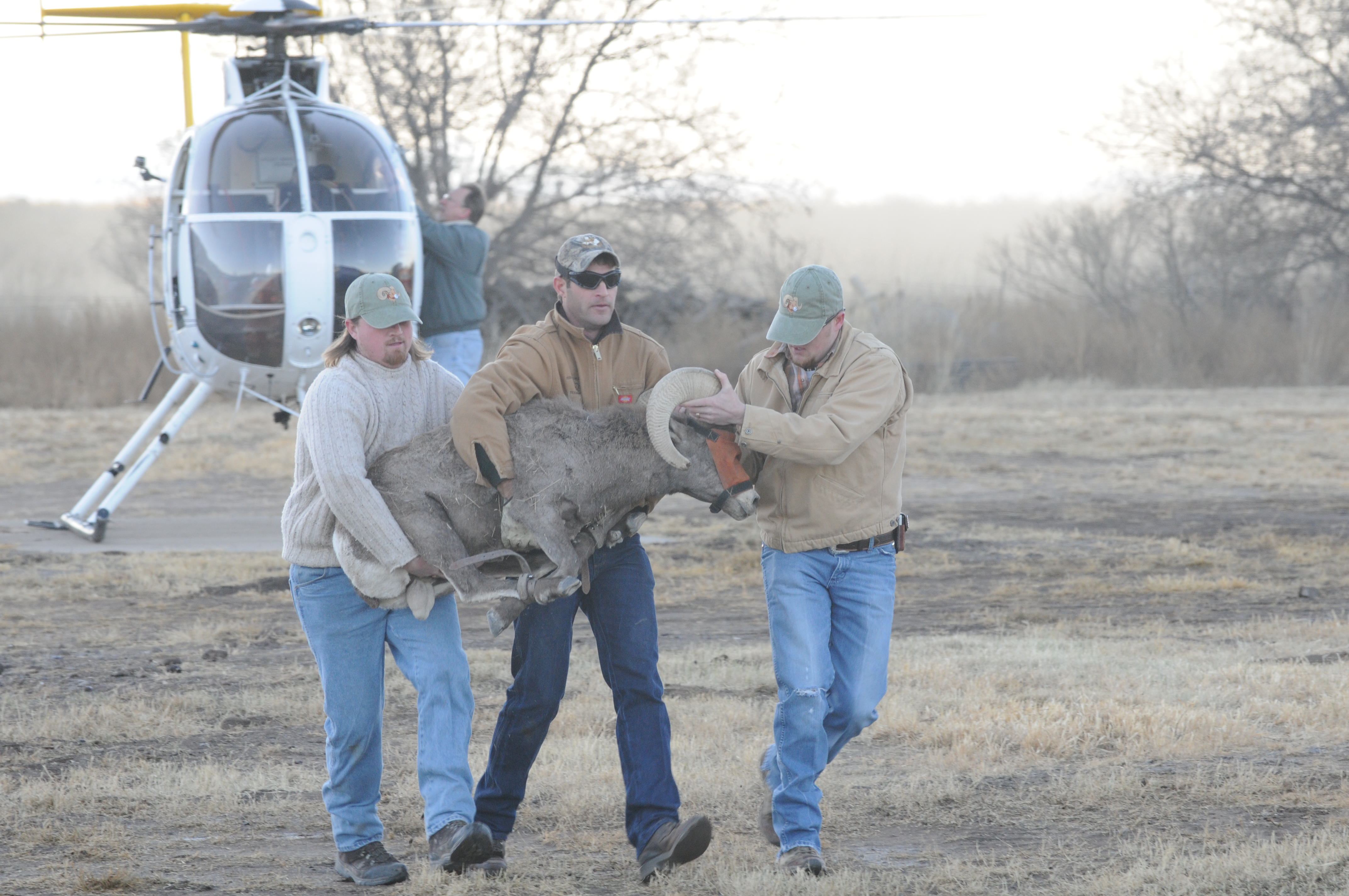

 Passport to Texas is a
Passport to Texas is a  Passport to Texas is made available by:
Passport to Texas is made available by: